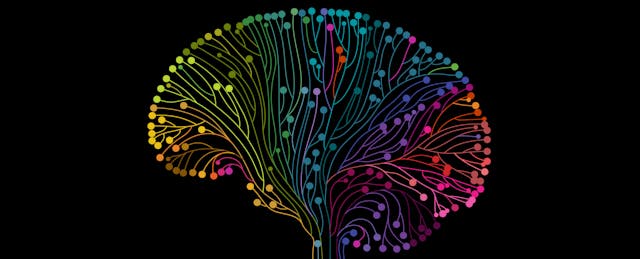Poverty is everyone's problem. The “new normal” in U.S. public schools is that 51 percent of all students come from low-income families. This has far-reaching consequences because of poverty’s effect on a child’s brain.
For years, research has shown that socioeconomic status is associated with differences in school readiness, cognitive development and achievement. Recent work by two sets of researchers have further demonstrated how poverty is tied to structural differences in the brain, with the largest influence observed among children from the poorest households. These differences include the areas of the brain responsible for working memory, impulse regulation, visuospatial skills, language and cognitive control.
While simply asking students to “try harder” isn’t an effective solution, the good news is that the influence of poverty on learning and achievement can be mediated by improving children’s brain development and function. Here are three ways to jumpstart learning for students of poverty.
Build Cognitive Capacity Every Day
Cognitive skills are like apps that run the brain. For students who struggle, including children of poverty, telling them to pay attention or try harder isn’t going to accomplish much if their brains are not working effectively or efficiently.
Cognitive capacity is a core skill. It is the sum of our concurrent mental actions that learn, process, recall, calculate, reason and make decisions. Fortunately, cognitive skills can be taught, and the best place to start is with working memory.
Think of working memory like the brain’s workspace. It is a skill regulated by the brain that allows us to retain and manipulate information from different sources at the same time. Working memory is required for every higher order thinking process, no matter what the subject area.
Children who live in poverty are especially at risk because stress can limit working memory. In many schools, children with weak working memory are labeled as inattentive, restless or unmotivated, when they may simply be forgetting basic instructions or information before they begin the task at hand.
Teachers can be trained in brain-based learning to help students build and strengthen working memory. They can also implement simple strategies in the classroom, such as giving directions in multiple formats, organizing information into smaller chunks, making it multisensory or involving students in peer teaching.
Neuroscience-based interventions, such as the Fast ForWord software program, can also help build cognitive capacity, including working memory, attention and processing skills. Many districts report that technology-based programs are particularly useful because building working memory requires consistency and intensity, which can be difficult for teachers with limited time and a classroom full of students with diverse needs.
Engage the Rules of Neuroplasticity
Whether it is teachers or research-based software programs tasked with building students’ cognitive capacity, they must engage the rules of neuroplasticity:
- Students must buy into it. If the brain isn’t buying it, the brain isn’t changing.
- The skill must be coherent to the student, with increasing challenge and complexity.
- The best formats are game-like.
- Students’ brains need quality error-correction.
- Students need 30 to 50 minutes a day, three to five days a week for a minimum of three months.
- Once students get it right, they still need practice.
Indeed, personalized, intensive practice is what changes the brain and creates new connections—and it can happen fast. The impact of working memory training on gray matter can be seen in as little as five days. In a single school year, working memory training can yield gains equal to 1.5 to 2.5 years of progress.
Create a Systemic Mindset
Building brain capacity in children requires systemic change. A quick glance at student performance in many districts illustrates that giving students “more of the same” is not working. The reality is that most interventions do not fundamentally address cognitive capacity, and they are not working quickly enough. This is particularly true for students of poverty, who arrive at and often leave elementary school years below grade level.
To close that gap, students need to make at least 1.5 to 2 years of academic progress for each school year. While a year of growth per school year is good, it is not going to work for children who enter school two or three years behind grade level.
It is important to keep in mind that there is nothing deficient about the brains of children from poverty; they simply need more practice with the right skills. Today’s districts need school board members, district and school leaders, and teachers who have a higher vision about how to help students using high-yield strategies, such as building working memory.
So the question is, what is your district’s plan to move your students forward? Instead of telling students what to do—like “pay attention” or “work harder”—teach students how to do it. This is what successful school districts are doing.
What to Do Next
The two largest contributing factors to student achievement are well researched. First, it is essential to create a sense of collective staff efficacy. Staff must have a common belief that, “We can succeed in spite of all other factors when we work together.”
Second, the district and each of its schools must foster the vehicle to make the changes: high-performing teams. Effective teams have a data-driven focus on both personalizing and improving instruction with deliberate practice. That’s it: a school culture of success and teams to make it happen.
Focus on what matters most; the school culture and teams that foster better instruction. This is where the change will show up first and last the longest.


